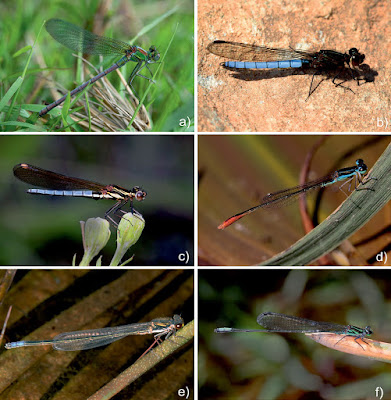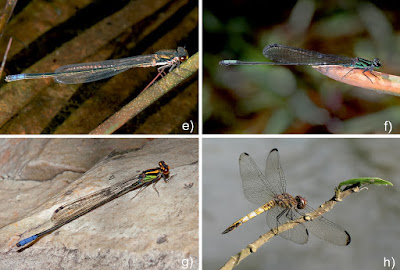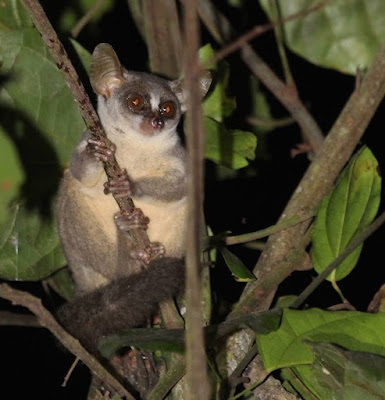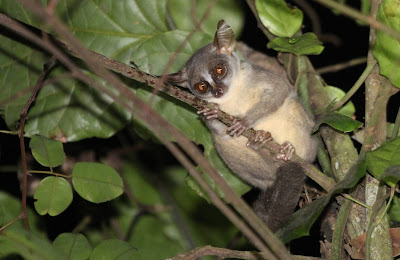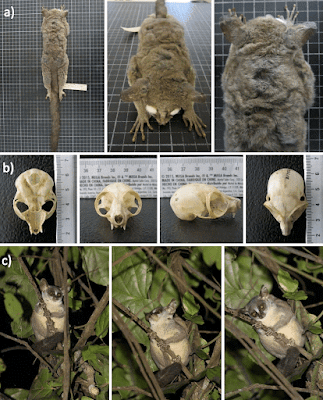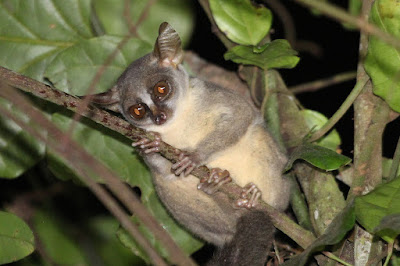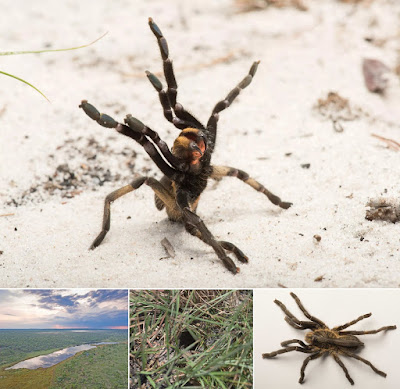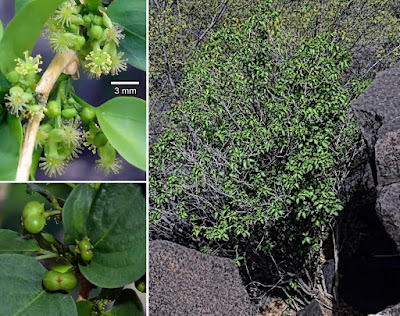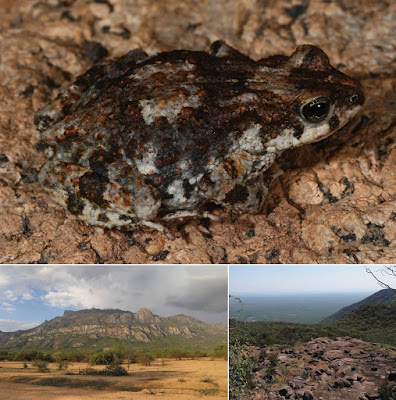Abstract
Prior to 2012, only 158 species of Odonata were known from Angola. Surveys in 2012 and 2013 added 76 species and two further additions in 2016 brought the national total to 236 species. We provide a revised checklist with taxonomic notes and discuss the history of research, the biogeography of the fauna, and the potential for further discoveries. The national total is likely to be above 300 species. This would make Angola one of the richest countries for Odonata in Africa. The endemic species formerly classified in Chlorocypha are transferred to Platycypha.
Keywords: Africa, biogeography, checklist, diversity, conservation
Jens Kipping, Viola Clausnitzer, Sara R. F. Fernandes Elizalde and Klaas-Douwe B. Dijkstra. 2017. The Dragonflies and Damselflies (Odonata) of Angola. African Invertebrates. 58(1); 65-91. DOI: 10.3897/AfrInvertebr.58.11382
Resumo: Até 2012, apenas eram conhecidas 158 espécies de Odonata em Angola. Levantamentos feitos em 2012 e 2013 acrescentaram 76 espécies que, em conjunto com dois novos registos de 2016, elevaram a lista nacional a 236 espécies. Apresentamos uma lista de referência revista, com notas taxonómicas e discussão histórica da investigação, a biogeografia da fauna e o potencial de novas descobertas. É provável que o número total de espécies no país seja superior a 300. Se assim for, Angola será um dos países africanos com maior riqueza em Odonata. As espécies endémicas anteriormente classificadas como Chlorocypha foram transferidas para Platycypha.
Palavras-chave: África, biogeografia, checklist, diversidade, conservação
---------------------------------------------------------------
روابط التحميل والمشاهدة، الروابط المباشرة للتحميل
او
شاهد هذا الفيديو القصير لطريقة التحميل البسيطة
كيف تحصل على مدونة جاهزة بآلاف المواضيع والمشاركات من هنا
شاهد قناة منتدى مدونات بلوجر جاهزة بألاف المواضيع والمشاركات على اليوتيوب لمزيد من الشرح من هنا
رابط مدونة منتدى مدونات بلوجر جاهزة بآلاف المواضيع والمشاركات في أي وقت حــــتى لو تم حذفها من هنا
شاهد صفحة منتدى مدونات بلوجر جاهزة بألاف المواضيع والمشاركات على الفيس بوك لمزيد من الشرح من هنا
شاهد صفحة منتدى مدونات بلوجر جاهزة بألاف المواضيع والمشاركات على الفيس بوك لمزيد من الشرح من هنا
تعرف على ترتيب مواضيع منتدى مدونات بلوجر جاهزة بآلاف المواضيع والمشاركات (حتى لا تختلط عليك الامور) من هنا
ملاحظة هامة: كل عمليات تنزيل، رفع، وتعديل المواضيع الجاهزة تتم بطريقة آلية، ونعتذر عن اي موضوع مخالف او مخل بالحياء مرفوع بالمدونات الجاهزة بآلاف المواضيع والمشاركات، ولكم ان تقوموا بحذف هذه المواضيع والمشاركات والطريقة بسيطة وسهلة. ــــــــــــــــــــــــــــــــــــــــــــــــــــــــــــــــــــــــــــــسلامـ.


